In English
14 de abril de 2021
Dinosaur Art – Level 3
Article published in Joca 168
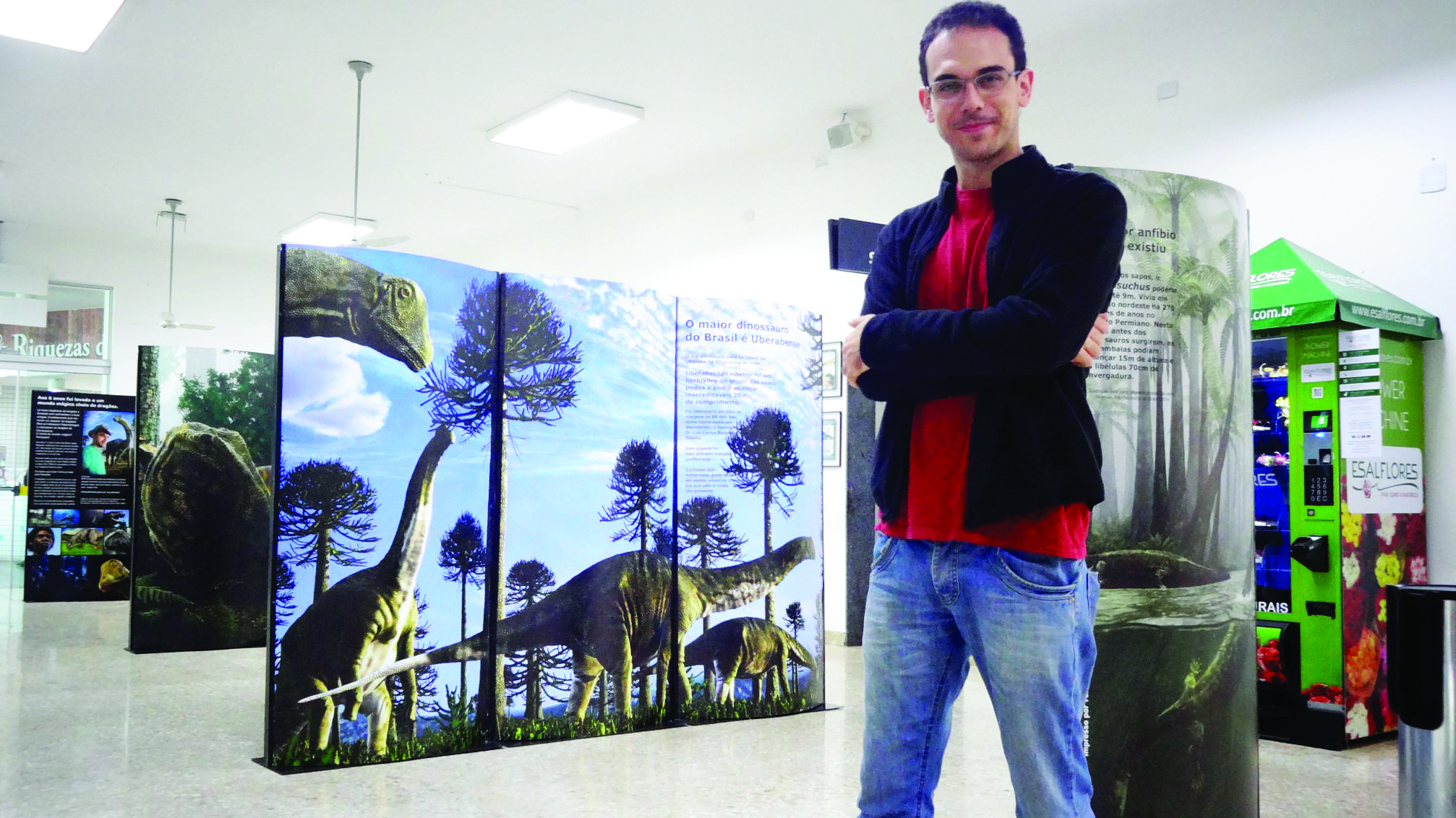
Do you know any paleoartists? Paleoart is Rodolfo Nogueira’s field of work. Paleoartist is the name given to artists who specialize in dinosaur art. Thanks to Rodolfo’s illustrations, which bring together scientific discoveries made over the years, we are able to get a clearer idea of what dinosaurs looked like.
Rodolfo has illustrated more than 300 pre-historic animals. He won several national and international awards, and, in December 2020, one of his illustrations was published on the cover of Nature, the largest scientific journal in the world. The publication included an article about the discovery of the ancestor of prehistoric flying animals by Brazilian and foreign researchers.
Rodolfo talked to junior reporters 12-year-old Murilo M. from Osasco (São Paulo state) and 10-year-old Pietra P. from São Paulo (São Paulo state) about working with art and dinosaurs simultaneously. Check it out:
What brought you to this field of work?
When I was 6, I went on a field trip to the Dinosaur Museum, in Uberaba, Minas Gerais state. It was amazing. To me, it seemed like a magical place. As I grew up, I visited that place several times. Then, over the years, I discovered that I didn’t want to be a paleontologist [a person who studies dinosaurs] but a paleoartist, a “photographer of dinosaurs”. I watched the movie Dinosaurs (Disney, 2000), and I realized that my real wish was to “see dinosaurs come to life” through special effects as in the film. So, my mother enrolled me in a drawing course, and after I started industrial design college (today it’s called graphic design), I began to research dinosaurs more. That is how I became involved with paleoart.
In addition to dinosaurs, have you created other things from pre-historic times, such as ancient leaves?
Dinosaurs were part of pre-historic times, but there were also other animals and living things then. I have already reconstructed plants from the past, prehistoric worms and snails, saber-toothed tigers, animals that died without any descendants, such as Hallucigenia and Anomalocaris – some of them looked really bizarre (laughs). I think I must have already recreated over 300 animals.
Have the way dinosaurs have been depicted in movies bothered you?
Yes. When I watched Jurassic World, the new trilogy launched in 2015, I expected the way dinosaurs were portrayed to be much better than in the old trilogy [whose first film debuted in 1993]. Between one version and the other, 20 years have gone by and research has progressed significantly. But, in my opinion, dinosaur depiction in the new trilogy was worse than in the old one. In more recent films, scales were not used on herbivores, and in real life, they had scales; they did not put feathers on the carnivores that had feathers – they put scales instead. I like the new films, but these things annoy me a little (laughs).
Your art has already been published on the cover of the scientific journal Nature. How does it feel to have recognition?
I did the drawing and sent it to the magazine, but I didn’t know it would be on the cover. As soon as I heard (the news), I was very happy, but I did not understand it all yet. I only started to understand after the magazine was published. The article was about an animal that had existed in Brazil and had been studied by a team made up mostly of Brazilians, with art by a Brazilian, and exhibited on the cover of the largest scientific magazine in the world. I was very happy. I was the first Brazilian to draw for the cover of that publication. I realized that the whole world would see that Brazil is also doing research and that we make important discoveries too.
Have you ever received an award for your art?
Yes, both in Brazil and abroad. I received an award from the National Geographic science network, which is presented by the Vertebrate Paleontology Society, the largest paleontologist organization in the world. I won a prize for scientific illustration of extinct animals in Spain. The judges of this award are the ones who invented the word paleoart and are considered the greatest paleoartists in the world. To be acknowledged by them as the greatest paleoartist of that year was one of the greatest honors I have ever received. Also, in 2018, I was chosen for the Jabuti award, the biggest literature award in Brazil. I was given the award for the best children’s book with the work in “O Brasil Dos Dinossauros”. I did the illustration and paleontologist Luiz Eduardo Anelli wrote the text.
Questions
1) What can we conclude from reading the text?
a) Some carnivorous dinosaurs had feathers.
b) All carnivorous dinosaurs had feathers.
c) No carnivorous dinosaurs had feathers.
d) Only Hallucigenia had feathers.
2) Have you ever tried to draw a dinosaur? Did you like the end result?
Ixi! Você bateu no paywall!
Ainda não é assinante? Assine agora e tenha acesso ilimitado ao conteúdo do Joca.
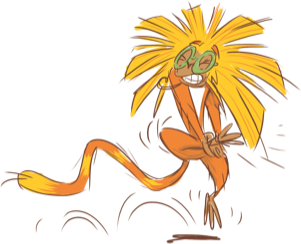
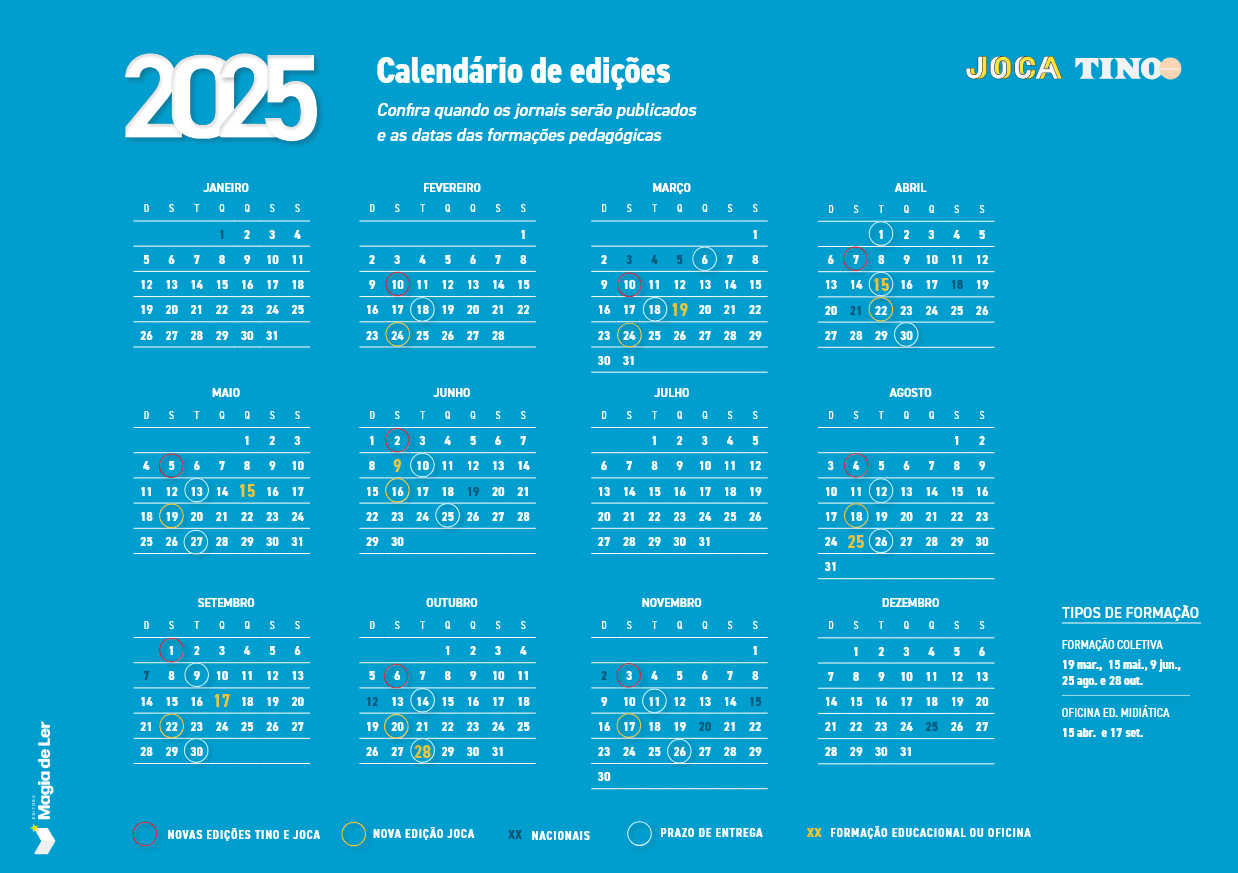
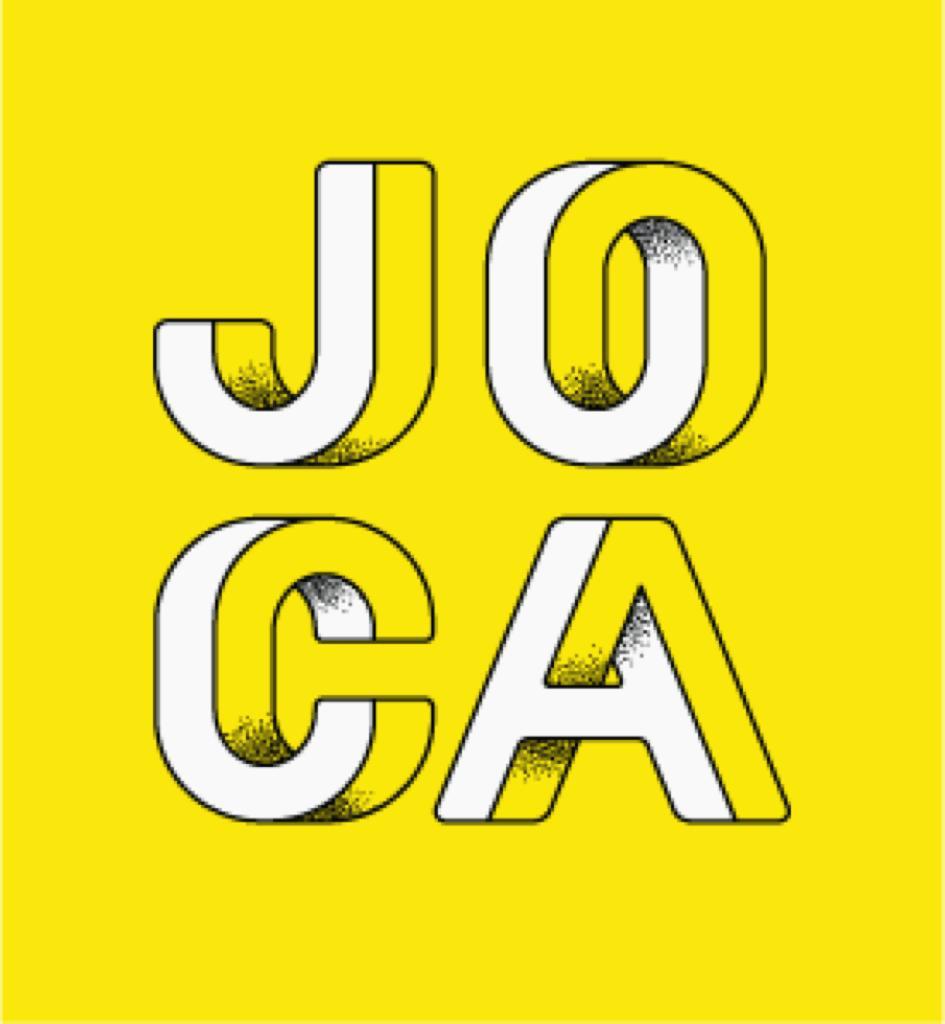


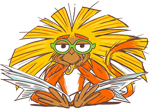
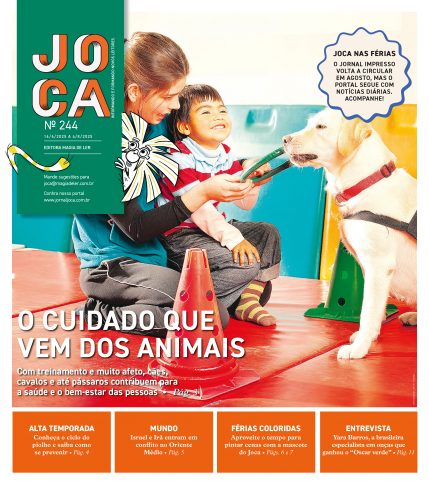

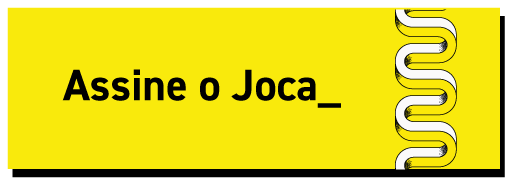


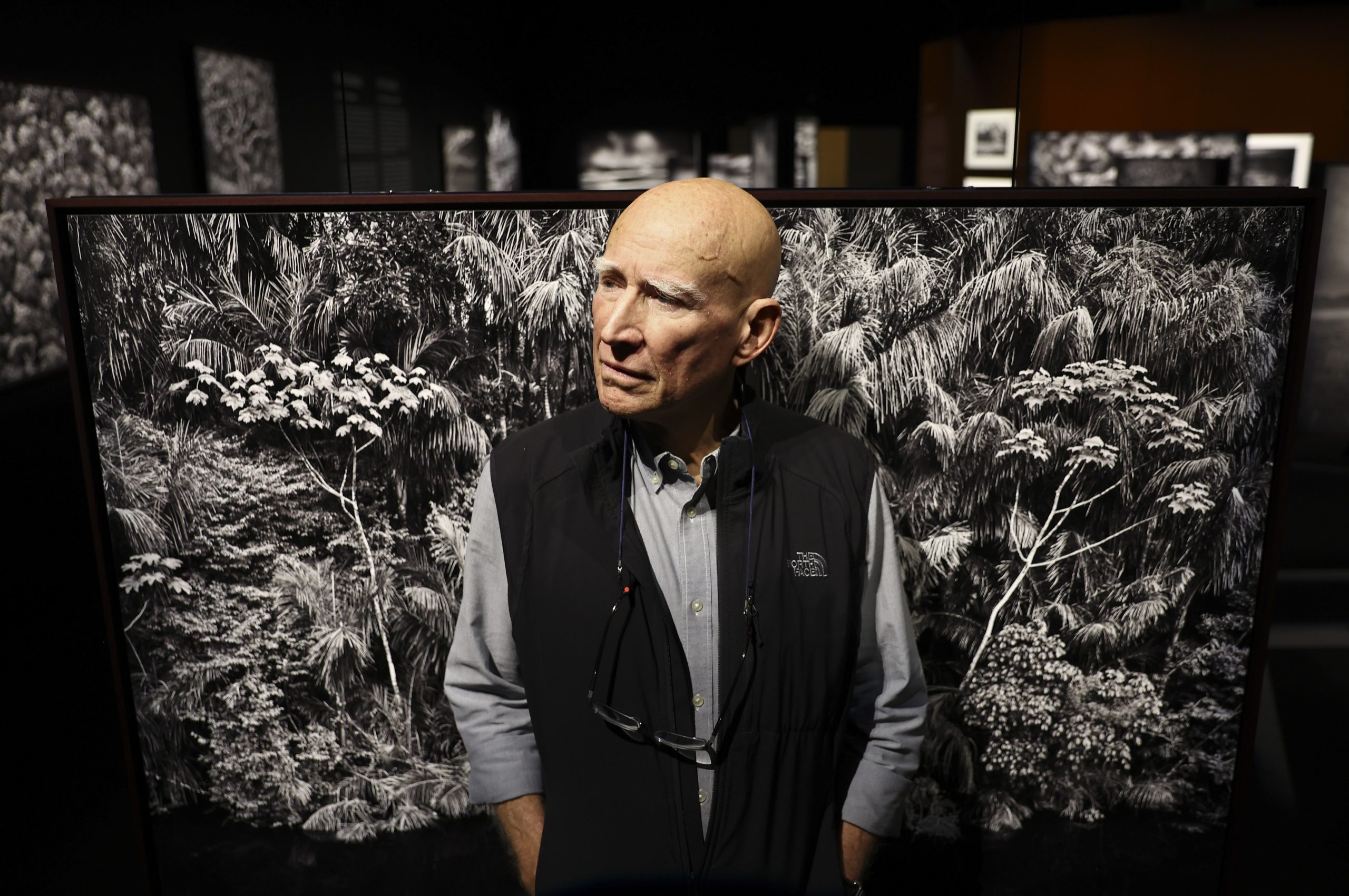
Você precisa fazer o login para publicar um comentário.